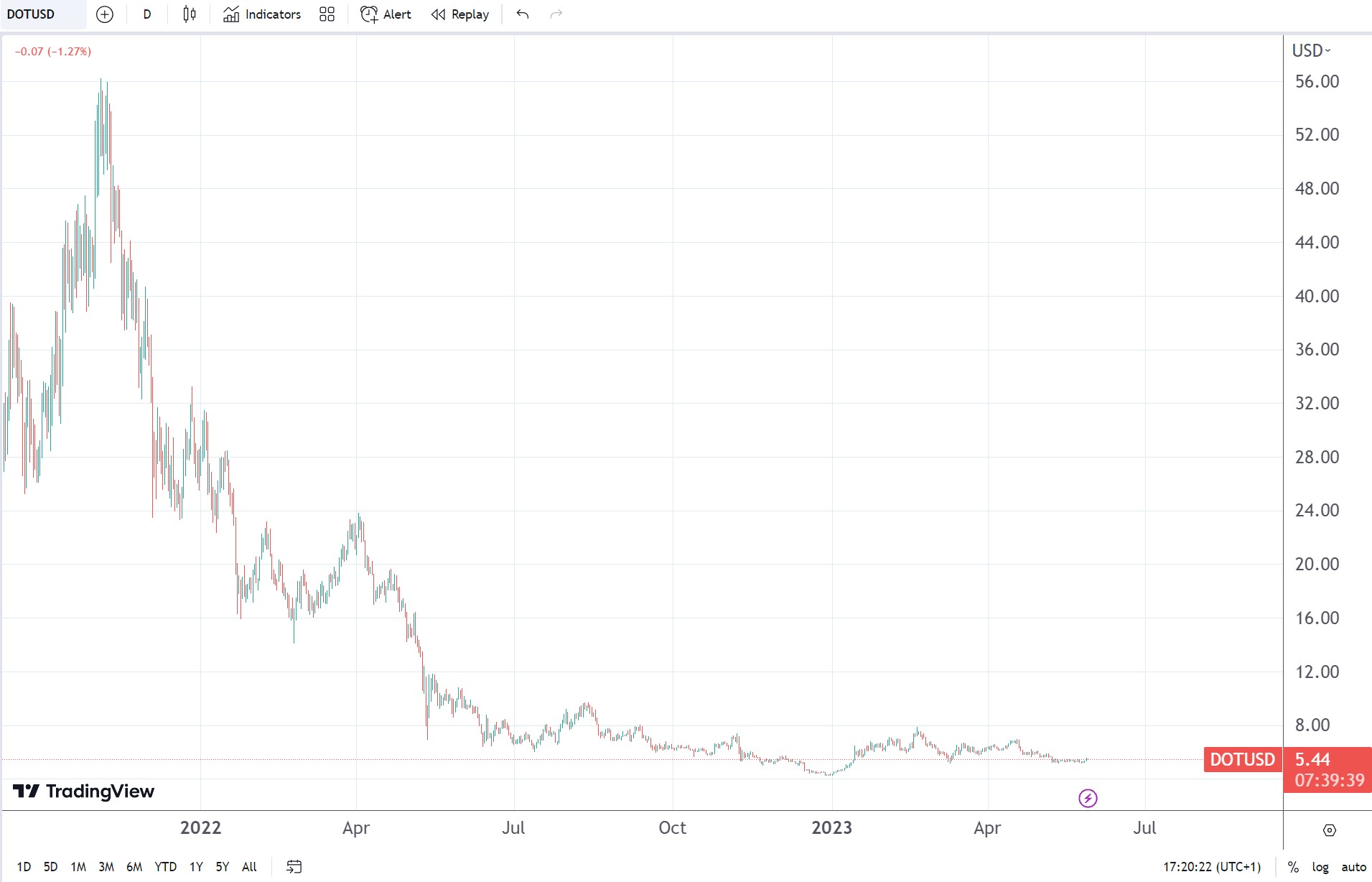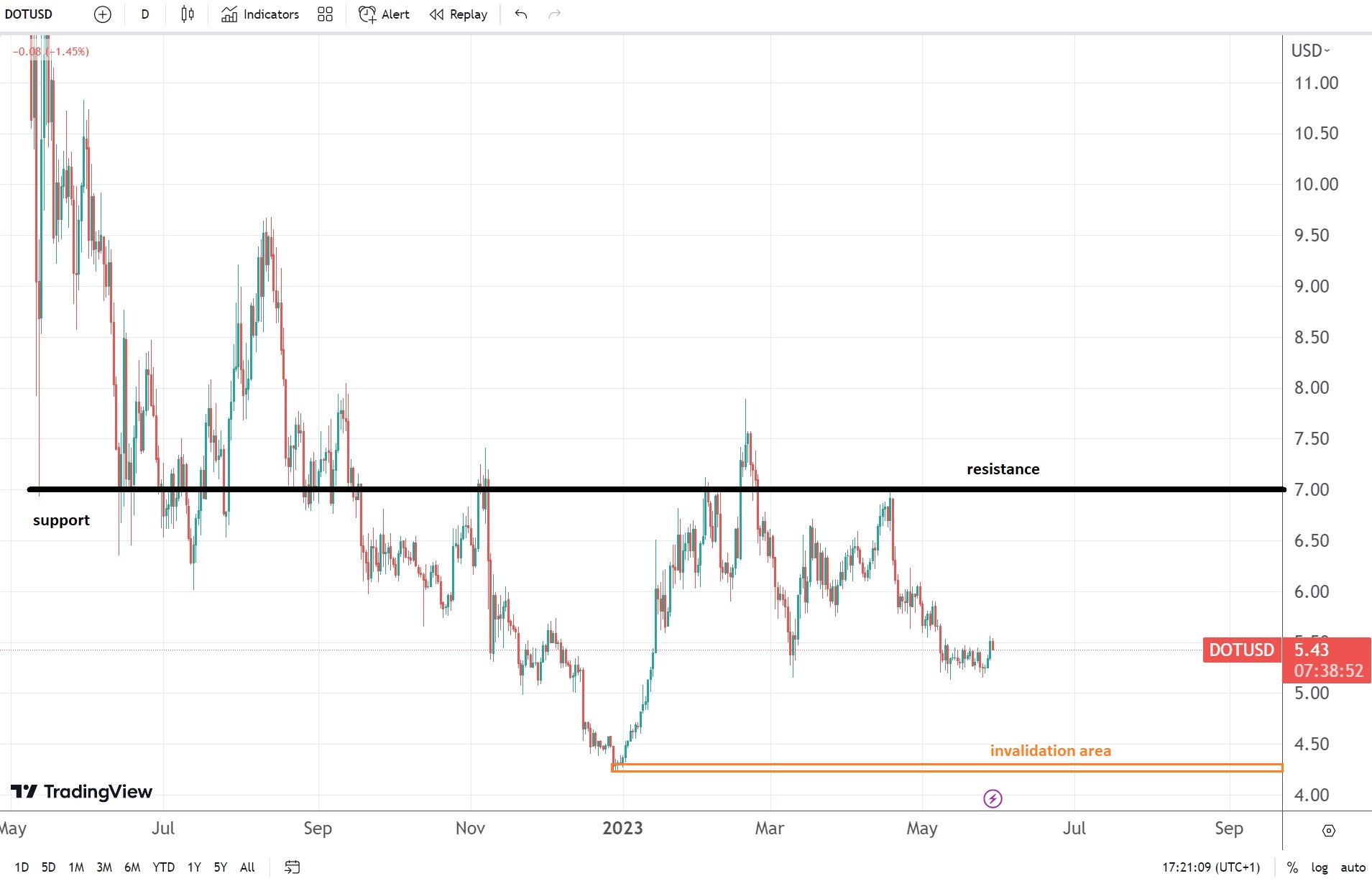- Gamified asset marketplace Blocktrade says it has raised €4.5 million in an exclusive BTEX Token (BTEX) sale.
- The sale attracted 1,400 community members from 42 countries.
- Blocktrade will use the funds to grow its platform.
Blocktrade, a gamified crypto asset and marketplace, has announced that it has raised €4.5 million in an exclusive sale of its BTEX token. The sale, which ran from May 5th to 18th, was open to Blocktrade VIP members and attracted over 1,400 participants from 42 countries.
The BTEX token will be used to power the Blocktrade ecosystem, with holders able to access a variety of benefits, including reduced trading fees and participation in airdrops.
Blocktrade CEO Christian Niedermueller said that the successful token sale is a testament to the growing demand for the platform’s gamified crypto service.
“We are grateful for the overwhelming response and participation by Blocktrade VIP members to this exclusive token sale round,” Niedermueller added. “This show of enthusiasm points to the appetite amongst crypto users today for an accessible and engaging digital asset trading platform. We now look forward to continuing to enhance the experience on offer to Blocktrade’s ever-growing community.”
The launch of the BTEX token is the latest development in Blocktrade’s rapid growth. The platform was established in 2018 and has received VASP registrations in Estonia, Italy, and Slovenia.
The post Blocktrade raises €4.5M in its BTEX Token sale appeared first on CoinJournal.



